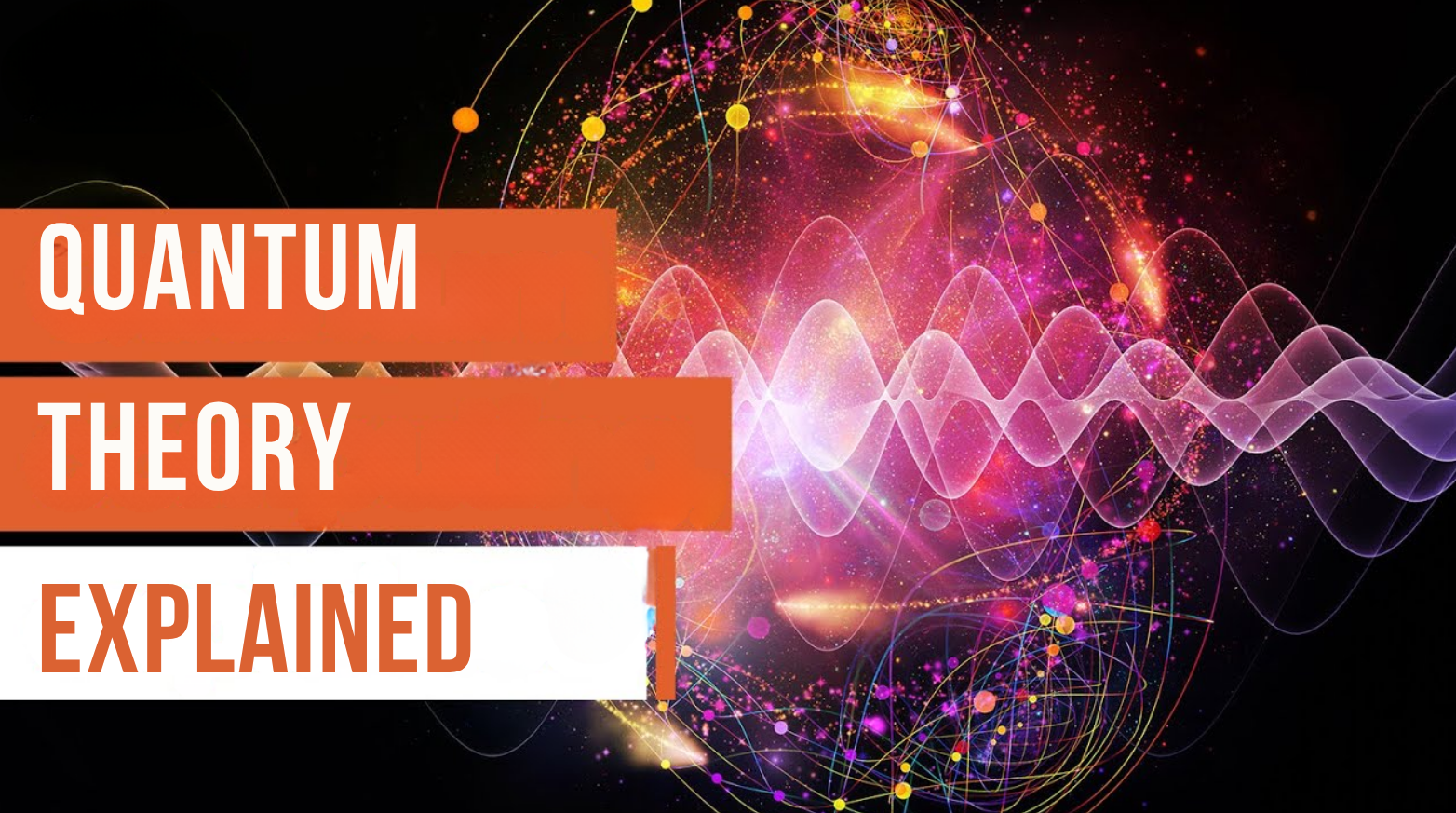When we look up at the night sky, we see stars, galaxies, and planets, brilliant and beautiful. But what if we told you that everything we can see makes up less than 5% of the actual universe?
The remaining 95% is composed of mysterious, invisible elements that we cannot see or touch, known as dark matter and dark energy. Though invisible, these cosmic components shape the structure, speed, and future of the entire universe.
This article explores what we currently know (and don’t know) about dark matter and dark energy, and why they are the biggest mysteries in modern science.
What Is Dark Matter?
Dark matter is a form of matter that doesn’t emit, absorb, or reflect light making it completely invisible. Scientists can’t observe it directly, but they know it exists because of the way galaxies behave.
Clues from Gravity:
Galaxies spin at such high speeds that, based on visible mass alone, they should tear themselves apart. But they don’t. This suggests there’s an enormous amount of invisible mass holding them together dark matter.
What Might It Be Made Of?
-
Some theories suggest it’s made of exotic particles like WIMPs (Weakly Interacting Massive Particles) or axions.
-
Others propose it might be composed of primordial black holes or unknown quantum particles.
Despite decades of searching, dark matter remains undetected—yet its gravitational fingerprint is everywhere.
What Is Dark Energy?
If dark matter holds the universe together, dark energy is trying to pull it apart.
In 1998, astronomers studying distant supernovae made a shocking discovery: the universe is not just expanding it’s expanding faster over time. This accelerated expansion could only be explained by the presence of an unseen force pushing space apart: dark energy.
Key Theories:
-
It might be a property of space itself, as Einstein once proposed in his “cosmological constant.”
-
Or it could be caused by a dynamic energy field that changes over time, known as quintessence.
What’s most surprising is that dark energy makes up nearly 68% of the universe—yet we still don’t know what it really is.
Dark Matter vs. Dark Energy: What’s the Difference?
| Feature | Dark Matter | Dark Energy |
|---|---|---|
| Role in the Universe | Adds gravity, holds structures | Causes expansion, pushes space |
| Makes Up | ~27% of universe | ~68% of universe |
| Detected By | Gravitational effects | Accelerated cosmic expansion |
| Known Composition | Unknown | Unknown |
Though often grouped together, dark matter and dark energy are fundamentally different. One pulls, the other pushes. Together, they create a delicate cosmic balance.
Why It Matters: The Future of the Universe
Understanding dark matter and dark energy isn’t just about curiosity it’s about discovering the fate of everything.
-
If dark energy continues to grow stronger, it could lead to a “Big Rip,” where galaxies, stars, and even atoms are torn apart.
-
If dark matter dominates, gravity might eventually slow expansion, leading to a “Big Crunch.”
-
Or the universe could drift into a cold, dark “Big Freeze.”
The truth depends on how these two invisible forces behave—and that’s exactly what scientists are racing to find out.
What’s Next? The Search Continues
Dozens of experiments around the world are searching for clues:
-
The James Webb Space Telescope is observing deep space for signs of dark energy’s influence.
-
Underground detectors like XENON1T are trying to catch dark matter particles.
-
CERN’s Large Hadron Collider is probing for exotic physics beyond the known Standard Model.
Every discovery could bring us closer to solving the biggest mysteries in the cosmos.
Conclusion
Dark matter and dark energy are invisible, yet they shape the structure and destiny of the entire universe. As we explore these cosmic mysteries, we’re not just learning about space we’re discovering how little we truly know.
In the darkness of space lies the future of everything.









